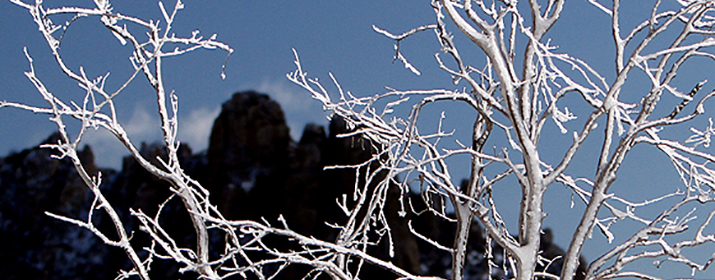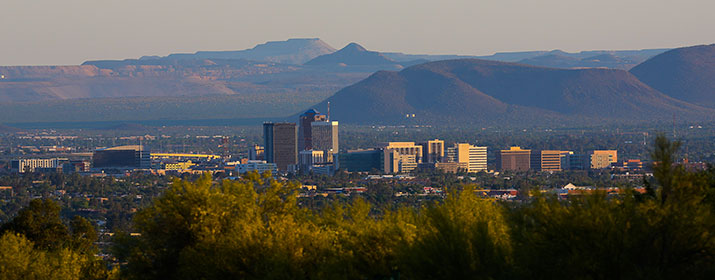
Tucson doesn’t suffer through long winters, but those bright sunny days can deliver colder-than-expected overnight temperatures.
Being energy conscious year-round creates efficiency that saves money, and a few extra steps in the winter will go a long way, said Mike Baruch, Tucson Electric Power’s Residential Energy Efficiency Program Manager.
Tucson’s average low temperatures in the winter months – 37 in January, 40 in February and 43 in March – and occasional hard freezes necessitate heating. And even though heating may not represent as large of a chunk of energy use as summer air-conditioning, there are savings opportunities.
Furnaces and heat pumps start to operate less efficiently over time and should be professionally serviced each winter, Baruch said. “Just like your car needs a tune-up, your furnace or heat pump needs a tune-up,” he said.
Air filters should be replaced every month. When replacing filters, you should take the opportunity to visually inspect the area behind the filter, looking for obvious signs of duct system leakage through wood framing, drywall and visible gaps in the return air pathway.
If you suspect your ductwork may be leaky, consider having a qualified mechanical contractor test your home for duct leakage. TEP offers customers incentives of up to $450 for duct sealing available through select contractors participating in TEP’s Efficient Home Program.
“It can be difficult to track down duct system leakage, but the health and financial benefits of preventing unwanted leakage and infiltration are well worth the effort. If you find yourself replacing your furnace or heat pump this winter, consider taking the time to ask your contractor about duct sealing as well,” Baruch said.
TEP provides an array of rebates for energy efficient work, renovation and repairs on homes delivered through contractors participating in the TEP Efficient Home Program.
Customers who operate indoor clothes dryers also can find winter savings by running their dryers during the day whenever possible. Clothes dryers draw air from inside a home and exhaust it to the outside, causing the house to slightly depressurize and draw in cold exterior air.
During wintertime in the desert, the nighttime air is often 30 degrees colder than during daylight hours. Drawing colder evening air into homes, instead of the warmer daytime air, can cause furnaces to work harder.
Simply opening window shades to let sunlight in during the day can boost the temperature in the house without needing to use the furnace.
“The same thermal energy we want to keep out in the summer is available to heat our homes during winter,” Baruch said.
Other energy tips are good to keep in mind year-round:
- Turn off lights when you leave rooms.
- Switch to energy-efficient CFL light bulbs, which have seen significant improvements since they first hit the market.
- Turn off and/or unplug appliances when not in use.
- Lower the thermostat on your water heater if your tap water is too hot to touch.
- Use your water heater’s vacation setting when leaving town.
- Purchase ENERGY STAR® appliances.
- Place outdoor lighting on a timer or motion sensor.
- Use a smart strip for home entertainment systems and office setups that include a number of devices.
- Consider borrowing energy meters from the library to test how much electricity your appliances use.
“There are a lot of opportunities for saving energy in the winter,” Baruch said. “We know from customers that have become engaged in energy savings that there are real cost savings to be had too. When you reduce your energy load through multiple projects, you can make a difference that you can see on your bill.”






